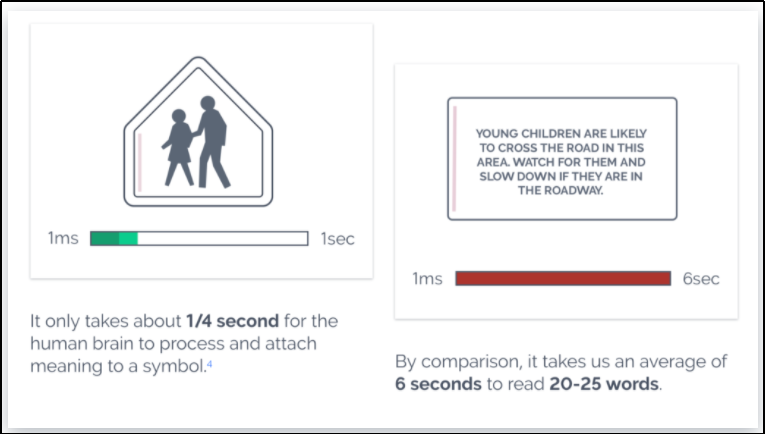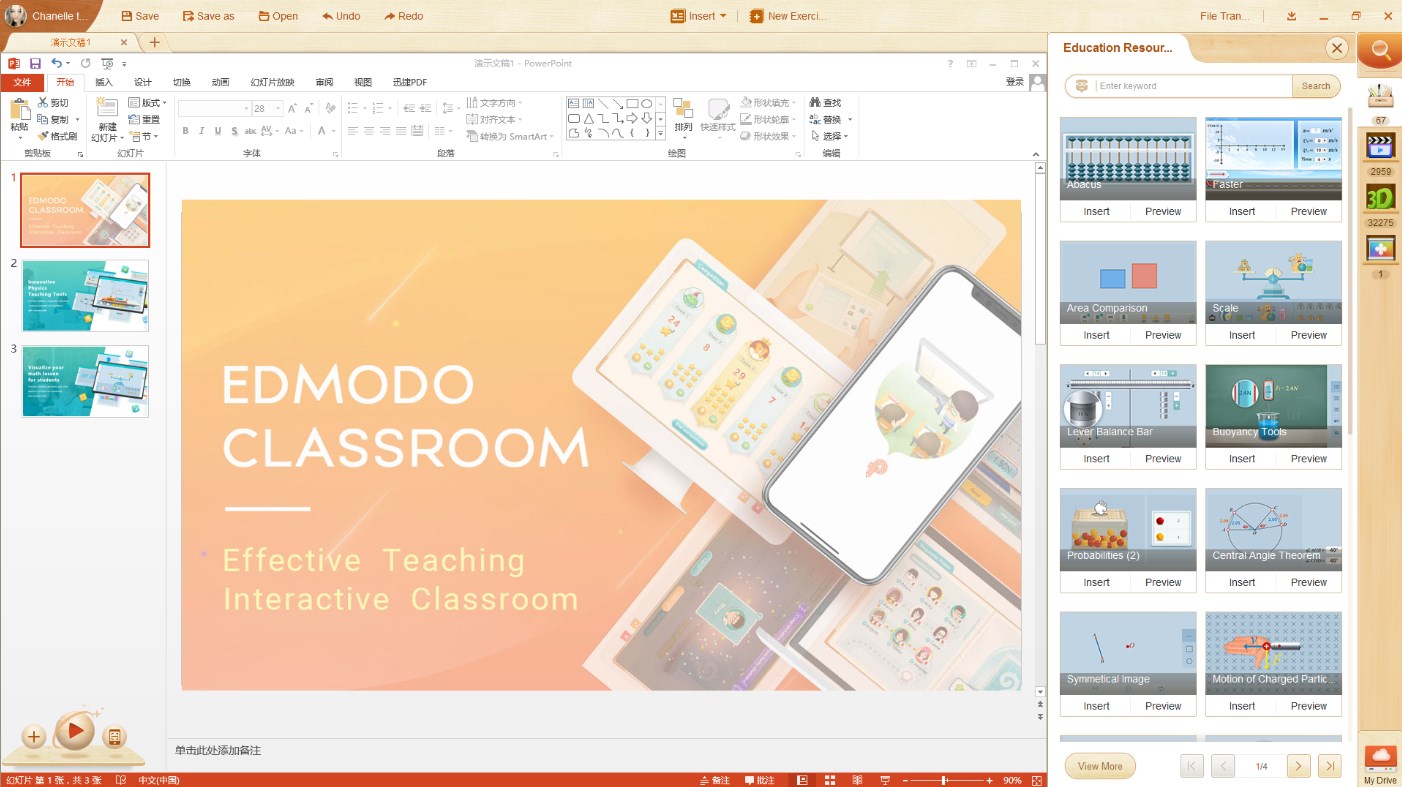Have you ever looked at a mid-presentation audience and realized that half of them were staring at or nodding on their smartphones? It's a demoralizing feeling. To be careful and remember your core message, you must take part in your presentation. Fortunately, you can take several simple steps to achieve this. Here are our top 10 tips to help your audience get involved.
1. Making a strong start
Good presenters quickly capture the attention of their audience and hold it for the entire lecture. You only have a few minutes to show your audience that your message is important and worth listening to. Ask them precisely what they can take away from your talk in the first few minutes. Why should we be careful for the next 20 minutes?
Present yourself and make yourself credible, but spend not too much time on the agenda. Make sure to give the topic a feeling of anticipation to enthusiasm. Say a short joke to make people laugh. To attract your audience, use catchy headings, impactful visuals and attention-grabbing presentation design. You may also use an immersive presentation method like Edmodo Classroom to wake the crowd to a key point in the presentation. It is your first and most important chance — don't waste it.
2. Asking questions
One of the best ways to keep your audience involved during your lecture is to ask questions. Instead of passive listeners, they will become active participants and can be achieved in several different ways, including:
· Asking for opinions of people
· Ask them to identify trends or a solution to a problem in a frame.
· Physical support for a presentation
· Conduct surveys using a live interactive polling tool
· Asking controversial questions
· Asking people to raise their hands if they ever did XYZ
Everything you do, make sure you communicate with the audience to hold your focus, at least every seven minutes.
3. Using powerful graphics
Include thrilling pictures in the next presentation. Most people are visual students who process images in just 13 milliseconds, so they rely on images such as photos, charts, graphs, infographics, videos and animations to help them. While storing a block of text takes even longer.
Some of the best advice is to use visuals as we process visuals much faster than text in our brains. Instead of putting a long list of bullet points in-frame, convey your message with a picture and a few words or text lines. This will be much more engaging and enjoyable for your audience than 30 minutes of straight talk and huge blocks of text.
Only make sure that you use high-quality pictures and diagrams, not cheap pictures or the art of the film. Weave them cleanly and simply into your presentation. Allow them big enough to read and understand your audience.

4. Make proper eye-contact
Some of the top tips for linking viewers to an audience is eye contact. Smile and focus on people in the crowd. Sure, often you have to look at your presentation or computer screen as you express your voice. Nonetheless, don't turn your back on the crowd and don't look at your phone and read a script.
This age-old trick will help you to communicate with your audience and relax your nerves. Your eye contact will allow your audience to interact better with you and your subject.
5. Using appropriate lighting
It is important to make eye contact, first of all, to make sure the lights in the auditorium are not so low that the audience can't see your face, your eyes and the language of your body. You may need to concentrate on you to truly reach your audience. Dim the lights enough for people to clearly see your display screen. Many displays today are of good quality that you can still clearly see the image with low illumination.
Another excuse not to absolutely shut off the lights? It can sleep your audience.
6. Having an open debate
The best lectures are interactive. Approach yours as if you are sitting to talk with your audience members about coffee. Avoid sounding like reading a script or speaking. Adjust your voice's pitch, pace and tone as you talk. Throw into real-life examples, witty jokes, or some emotion. This can be difficult with serious or dry topics, but it's essential to keep the audience nodding rather than nodding away.
Using Edmodo Classroom's open, conversational presentation format makes this easy, since depending on public comments and the conversation flow; you can manoeuvre between topics fast.
7. Including social media
Create your presentation or message by means of a hashtag and encourage people to use it in social media. Many members of the audience may tweet from a meeting or lecture, and others will choose to share their thoughts and suggestions online over a live audience. Nevertheless, hashtags will continue the discussion and encourage you to find what people think about your discussion. Interact with these mentions in real-time before or after your presentation.

8. Tell a story
People identify stories and connect them. These stories also help to remind people of your message. Start with an interesting story or personal experience or launch your presentation in just five minutes. Effective presentations are constructed around good stories. However, don't just tell your story — show it. Edmodo Classroom helps you to build your presentation rather than a flat slide deck, to be like a film or chat. This format allows you to zoom in at key points or reveal information to surprise your audience.
9. Being passionate and honest
In order to get your audience involved in your topic, you must also engage with it. It is not the task of the audience to motivate you, but to motivate them. Be truly excited about what you present and show this enthusiasm on the stage. If you don't believe in your core message, neither will your audience. You will begin to lose interest or trust in what you say. Tell and show your audience why you care about this topic and why. Be positive, frank, and enthusiastic without crossing the top.
10. Workout your stage
Showing your passion for your subject should also represent the way you move and control a point. Do not only stand or gaze at a television behind a podium. Go out and walk around your comfort zone. You can also join the audience — anything that eliminates the distance between you and the listeners. When you walk about, your eyes will be focused and your delivery animated and spontaneous.
Do not do such things as crossing your arms, holding your hands in or behind your back, or walking back and forth through the stage. Be mindful of and seek to eliminate your annoying tics and behaviours. Touch the eye, use your hand motions and show your natural body language. Be sure to practice in front of a mirror or the welcoming crowd before you introduce yourself on the main stage.
Edmodo Classroom offers you great content, visuals, presentation design and message with a thrilling story, delivery and personal relationship with the audience. Use these 10 tips to make your next one inspiring, engaging and memorable.

